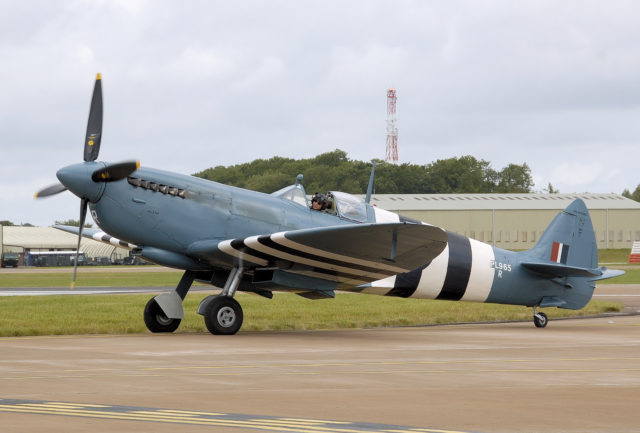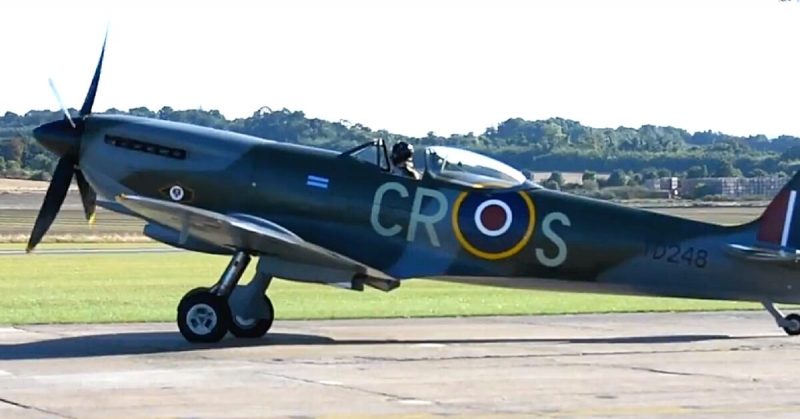In early September of 2016, the Imperial War Museum presented an airshow at Duxford, U.K. to commemorate the 80th anniversary of the formation of the Royal Air Force Fighter Command.
The show centered on 14 Supermarine Spitfires, including four rare Mark 1 Spitfires. The Spitfire was the most prolific fighter used by the UK in WWII with more variants than any other plane.
The first glimpse the British public had of the fighter was in 1936 at the New Types Park at RAF Hendon. The prototype they saw there did not finish production for another two years. Nine squadrons were ready to go at the outbreak of the war in 1939, but deployment was held off another year. By that time, 19 squadrons were ready to take on the German Messerschmitt Bf109E in the Battle of Britain.

The Battle of Britain took place during the summer of 1940. Germany’s mission was to neutralize the Royal Air Force so that they would increase their chances of successful amphibious assault. They underestimated the RAF.
While the Supermarine Spitfire was not as influential in Britain’s success as the Hawker Hurricane, the battle couldn’t have been won without it. It was perfectly matched against the Messerschmitt. The Hurricane’s job was to take on German Luftwaffe bombers, while the Spitfire went against the fighter escorts.
Following the Battle of Britain, the Spitfire became the favored tool of the RAF. They made 24 variations, making improvements, such as optically true side glass to improve rear visibility. It was the only fighter to be produced throughout WWII.
Among the Spitfires showcased at the Duxford airshow were the rare Mk1a, Mk XVI, K9787, LF Mk Vb, and Mk XVIII. The videos below show the planes from all sides with interior shots as well as on the runway and in flight.
Inside the Spitfires:
Takeoff:
